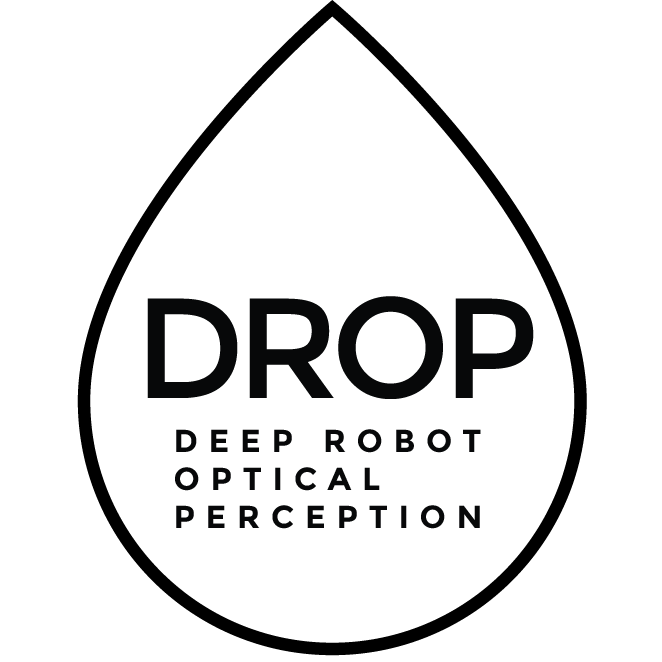Mapping Pavlopetri: Robotic Underwater Archeology
Work performed at the Australian Centre for Field Robotics
In a collaborative project with archaeologists at the University of Nottingham robots were used to produce the first high-resolution visual mapping of a 4,000 year old bronze-age city. In contrast to previous deep-water work this project-required the data gathering platforms to operate in less than 2m of water. This change in the operating environment necessitated novel platform design and post-processing. Two new platforms were developed: a lightweight torpedo AUV and a diver-held stereo sled. The scale of the maps was over 200,000 images covering over 2 km^2, but now with constant GPS coverage due to the shallow operating depths. This allowed for a new non-linear map optimization that performed dense bundle-adjustment style matching instead of the sparse links proposed in our previous information-form SLAM. This research was the subject of the BBC documentaryPavlopetri - City Beneath the Waves where I was featured as an expert in undersea 3D reconstruction. The associated scholarly publications are the first of their kind in kilometer scale optical reconstruction for archeology. Our survey was completed in one week. Prior approaches were human intensive, requiring teams of divers months to produce maps of lower quality and resolution.
Associated Publications:
